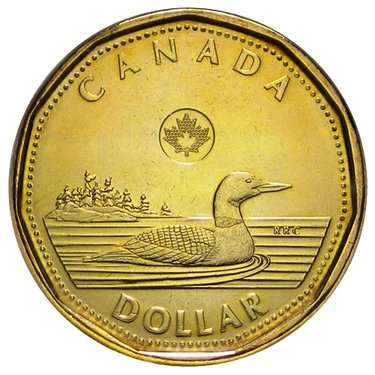Canadian dollar and commodity prices among them
By Diego Flammini
Assistant Editor, North American Content
Farms.com
Farm Credit Canada’s Ag Economics Team released its list of five economic drivers that are key to a successful ag industry for 2017.
The most important factor is the Canadian dollar and its relationship with the American dollar.
“The Canadian dollar will impact every business across the entire agri-food supply chain in 2017,” the team said on FCC’s website. “Varying against the relative value of the USD, it can uniquely drive profits either higher or lower and is therefore our number one trend to watch.”
FCC suggests the Canadian dollar will trade for about US$0.75 throughout 2017, which is good news for Canadian farmers when it comes to exports.

Second on FCC’s list of key economic drivers is energy prices.
Economists suggest oil prices could remain at about US$50 per barrel. But with some major oil producing countries vowing to cut production, the price could fluctuate depending on supply and demand.
Another important factor to the economy is commodity prices.
“With production growth and high ending stocks the big story for 2017, commodity prices aren’t likely to get much better for Canadian producers,” FCC said.
The investment landscape in Canada and the United States is another key economic driver for 2017.
FCC said interest rates should go up in both countries, but it’s the difference between the rates that could have the most significant impact.
The global economy will also play a role in the health of Canada’s ag sector.
“As China-U.S. trade flows evolve, the question of their capacity of influence commodity prices and the long-term health of Canadian ag exports remain,” said FCC.
FCC said it will dig deeper into each economic driver.
Farms.com will bring you the analysis as it becomes available.